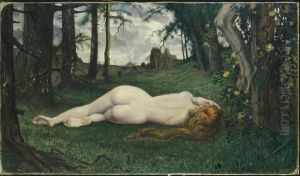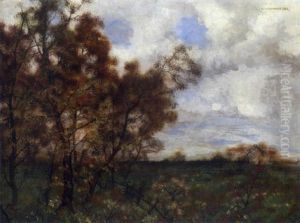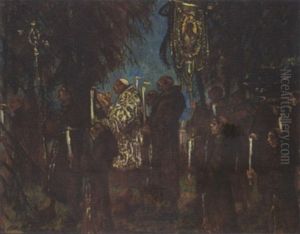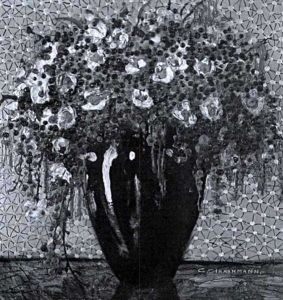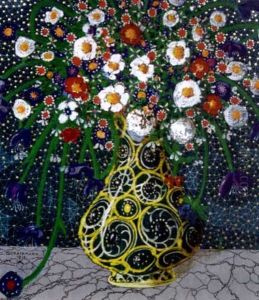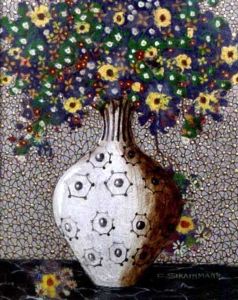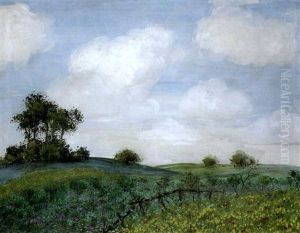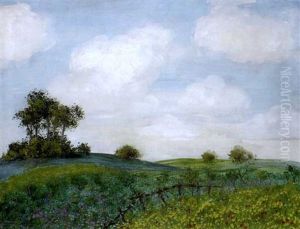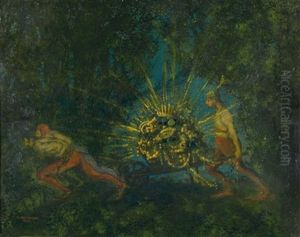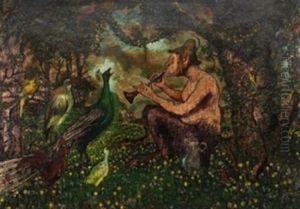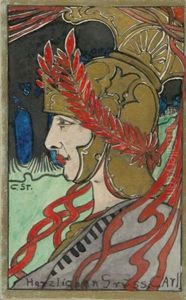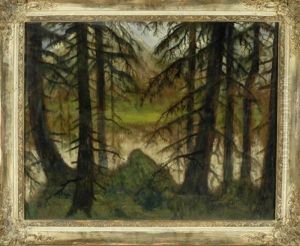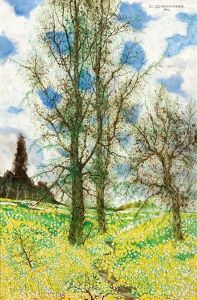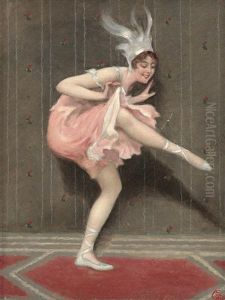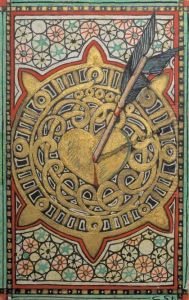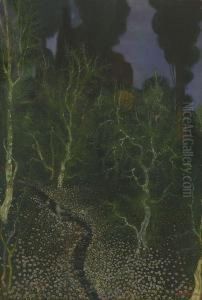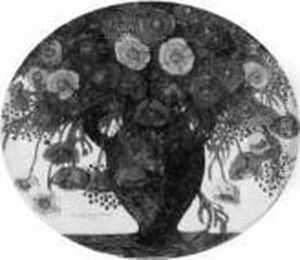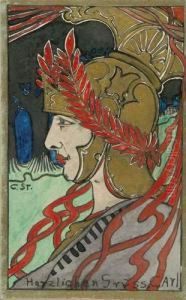Carl Strathmann Paintings
Carl Strathmann, a lesser-known yet profoundly unique figure in art history, was born in 1866 in Munich, Germany. His work, often overlooked in the broader narratives of art movements, stands out for its intricate detail, fantastical themes, and eccentricity, embodying the spirit of both Art Nouveau and Symbolism. Strathmann's artistry is characterized by its elaborate and ornate style, diving into a world of fantasy that distinctly separates him from his contemporaries.
Strathmann received his artistic training at the Munich Academy of Fine Arts, where he was exposed to the prevailing artistic movements of the time. Despite this, he carved out a niche for himself that did not neatly fit into any single category. His works are a testament to his imaginative prowess, often filled with mythical creatures, elaborate landscapes, and scenes that seem to blur the lines between reality and fantasy.
Throughout his career, Strathmann remained relatively obscure when compared to the giants of his era. However, his dedication to his unique vision never waned. He was involved in various exhibitions, though his work was often received with mixed reviews due to its unconventional nature. His commitment to detail and the fantastical elements of his work have gradually garnered more appreciation in the years following his death in 1939.
Carl Strathmann's legacy is that of a visionary who dared to dream beyond the conventional boundaries of his time. His works, while not widely recognized in mainstream art history, continue to fascinate those who discover them, offering a glimpse into the mind of an artist who was truly ahead of his time. Strathmann's death in 1939 marked the end of an era for his whimsical creations, but his art lives on, a hidden gem in the vast history of art, awaiting rediscovery by new generations of art lovers.

